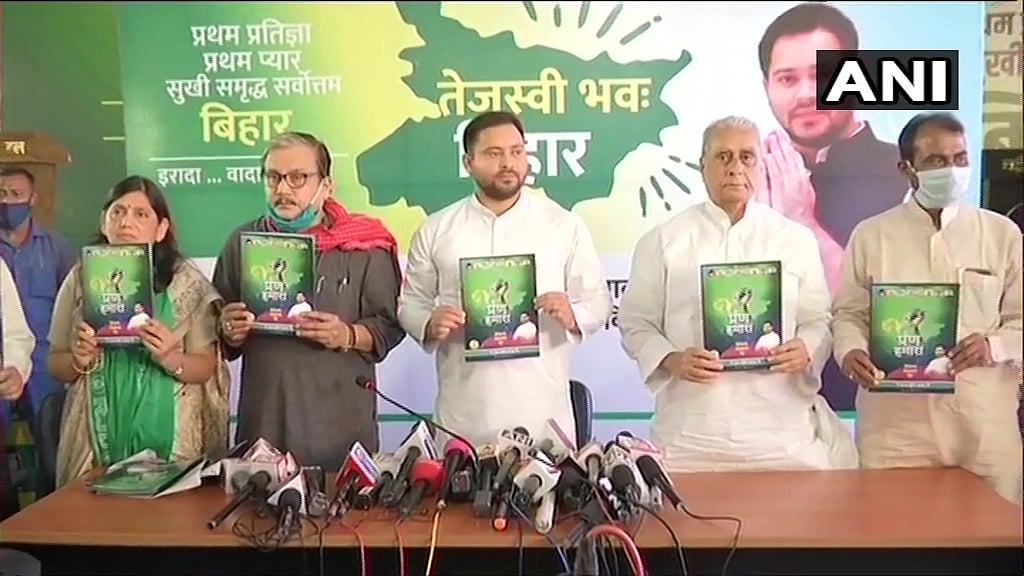In recent weeks, SEBI Chairman Tuhin Kanta Pandey has made emphatic statements about cracking down on “pump-and-dump” operations in the market. He spoke of a new era of “predictive supervision” through data analytics, promising that market manipulation will soon be spotted before it happens.
It sounded reassuring. But SEBI’s actual handling of such cases tells a different story—one that exposes the gap between rhetoric and reality.
The case that tells a different story: In mid-2023, SEBI issued an interim order-cum-show cause notice in connection with penny stocks that had witnessed sharp price manipulation around 2018-19. The order found evidence of a coordinated pump-and-dump scheme—where operators artificially drove up stock prices through circular trading and misleading information, only to dump them on unsuspecting investors.
Under SEBI’s own procedures, such interim directions should be swiftly followed by final orders. Yet, in this case, the matter entered a long and unexplained silence.
The Whole-Time Member (WTM) responsible for adjudicating the case went into hibernation. Months passed without hearings or progress, even though the case was under the watch of the hon’ble High Court, monitoring SEBI’s pace through a writ petition filed by aggrieved investors.
Judicial disappointment: When the matter returned to court in mid-2025, the High Court expressed clear disappointment with SEBI’s conduct. The court indicated that a regulator entrusted with protecting investors and ensuring market integrity should not require repeated judicial nudges to complete its own proceedings.
The Court finally disposed of the writ petition with firm directions: SEBI must issue final orders in the case by June 2026. It also ruled that the matter should not be reassigned to another WTM—a tactic often used within SEBI to defer inconvenient decisions. The message was unmistakable—stop the bureaucratic buck-passing and decide the case.
This episode clearly reveals the regulator’s chronic lethargy in translating interim actions into final outcomes.
The contradiction between words and will: Against this backdrop, the Chairman’s recent statements about “zero tolerance” for market manipulation ring hollow. His claims about sophisticated surveillance and algorithmic detection sound impressive but lose credibility when measured against SEBI’s inability to conclude even a straightforward case.
The problem lies not in the absence of technology but in the absence of will and accountability. Market manipulation thrives not because it is invisible but because enforcement remains timid.
This is not an isolated incident. It reflects a recurring pattern of aggressive interim orders and media-friendly announcements, followed by years of procedural drift. Such delays erode deterrence and embolden repeat offenders.
The deeper malaise: SEBI’s institutional malaise rests on three chronic problems: delay, opacity, and lack of accountability.
Delay: SEBI’s enforcement pipeline is clogged with years-old cases. Each new round of “revamped systems” is announced with fanfare but rarely leads to faster outcomes. Investigations remain paper-heavy, hearings sporadic, and orders arrive long after violations lose market relevance. Often SEBI, like Abhimanyu in the Mahabharata, charges into a matter without understanding it fully—just to play to the gallery—and later struggles to conclude it. The regulator is yet to take a final view in most colocation trading cases of 2010-16.
Opacity: SEBI provides little transparency on investigation progress. There is no public tracker of pending enforcement actions, no data on average disposal time, and no accountability for dormant cases. Investors affected by manipulation are left in the dark about their complaints’ fate.
Accountability: Enforcement remains centralised, with key cases stuck at senior levels. WTMs enjoy wide discretion but face no consequences for prolonged inaction. Internal vigilance has failed to ensure timeliness or consistency.
The cost of regulatory inertia: The cost of this inertia is borne by small investors and by market credibility itself. Every unresolved case sends a signal that manipulation can be profitable if one can outlast the regulator. By the time final orders arrive, the perpetrators have vanished, and victims have moved on.
A regulator that needs court reminders to act cannot credibly claim to be proactive. The very deterrence SEBI seeks to build is weakened by its inability to conclude cases.

The Illusion of reform: The current leadership emphasises technology, artificial intelligence, and data-driven supervision. These are valuable tools, but they cannot substitute for regulatory intent. Detecting a fraud is not even half the job; acting on it swiftly is what protects investors. Without institutional will, better technology only generates better excuses for delay.
Conclusion: Posturing without purpose: The Bombay High Court’s recent order is a telling reminder of what is wrong with market regulation today. When investors must approach courts merely to ensure that SEBI concludes a case it started, the problem is clearly not with the markets but with the regulator.
Until SEBI cultivates a culture of timely, transparent, and consistent enforcement, every strong statement from its leadership will remain just that—a statement.
The writer is a retired IRS officer and Ex-Chief of Surveillance at SEBI. Advisor to corporates, market participants and tech entrepreneurs.









